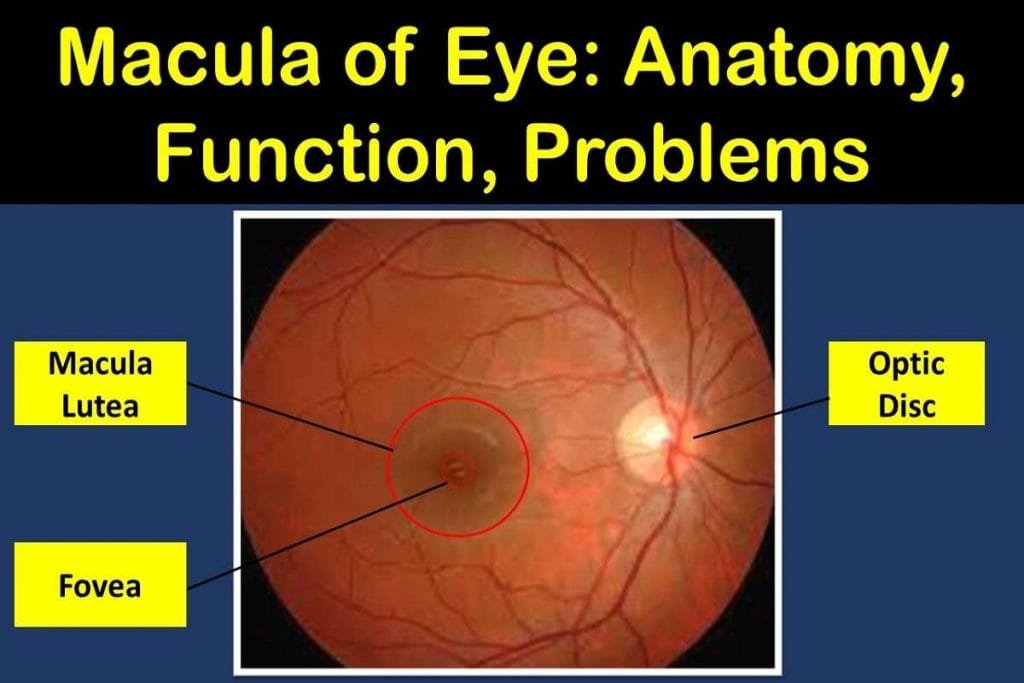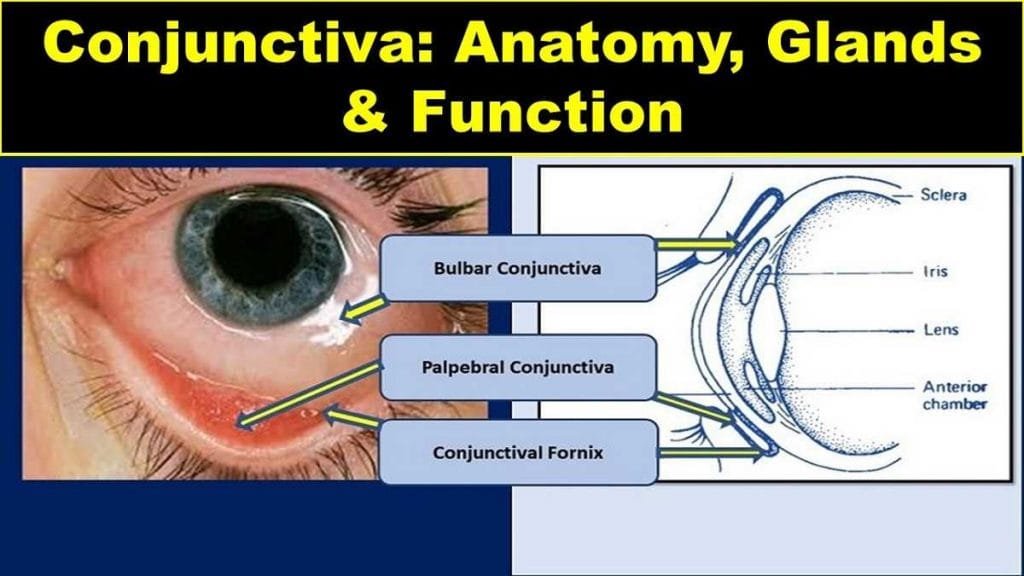What is orthokeratology or ortho-k? Today’s topic is all about orthokeratology ortho-k: ortho-k lenses or orthokeratology lenses, introduction, other names, history, advantages, disadvantages, and common myths.
Is it possible to regain clear vision without using eyeglasses and without the need for surgery? Yes, with the latest advancement in corneal reshaping therapy i.e. orthokeratology or ortho-k you can have clear vision using a contact lens overnight.
Let’s learn about orthokeratology in detail.

What is orthokeratology?
Orthokeratology or ortho-k is a non-surgical clinical method that uses specially designed and fitted rigid contact lenses. It reshapes the corneal contour for temporal modification and elimination or reduction of refractive error.
According to The International Section of National Eye Research Foundation, orthokeratology is the reduction, modification, or elimination of refractive anomalies by the programmed application of contact lenses.
But the new definition of ortho-k is the reduction, modification, or elimination of refractive error by the programmed application of contact lenses or other non-invasive procedures.
Ortho-k lenses are worn at night to reshape the cornea while you sleep. The reversible vision improvement is seen during the daytime.
Other names of Orthokeratology
- Corneal reshaping therapy
- Corneal refractive therapy
- Vision shaping treatment
- Accelerated orthokeratology
- Corneal corrective contact
- Eccentricity zero molding
- Overnight corneal reshaping
- Gentle vision shaping system
History
In 1960 Dr. George N. Jessen introduced “Orthofocus” Conventional Geometry Lenses. Fontana, in 1972, became the first person to use Reverse Geometry Lenses.
Conventional or traditional ortho-k
The Chinese used to sleep with small sandbags on eyelids to reduce myopia. A century ago, French Ophthalmologist Eugene tried to modify the corneal curvature in keratoconus by using flat lenses.
PMMA lens used in orthokeratology failed due to the decentration of lens inducing astigmatism. Even for a small amount of myopia reduction, PMMA took a long time. Other demerits were unstable lens fit and high expenses.
Modern ortho-k
Modern ortho-k used reverse geometry ortho-k lenses. It used four or five curve reverse geometry lenses in high Dk materials in an overnight lens-wearing modality.
Early rigid lenses
The rigid lens is fitted 0.3 to 0.5 mm flatter than the flattest cornea so it depends on the cylindrical power of the cornea. The steep peripheral zone helps tear exchange and centration. It takes time to achieve maximum effect. The width of the tear reservoir indicates the extent of possible corneal change. Large diameter lenses may be required.
Modern rigid lenses
These lenses center well on the cornea without maximum load to the corneal apex. The peripheral curve supports the lens. The ortho-k lens has four zones with different curvatures.
- Base curve
- Reverse (steeper) curve
- Fitting (alignment) curve
- Peripheral curve
The fitting philosophy is to choose the initial base curve 0.3 to 1.4 mm flatter than the flattest corneal curvature. The posterior optical zone diameter is about 6.0 to 6.5 mm while the central optical zone is 6.0 to 8.0 mm.
The secondary curve or the reverse curve is chosen steeper than the base curve. The width ranges from o.6 to 1.0 mm. the edge clearance is about 60 to 70 microns.
How orthokeratology works?
The flatter lens results in positive pressure or applanating force on the cornea induce a possible compression and flattening of the cornea epithelial cells without actual loss or migration of the cells.
In myopia, thinning of the central epithelium occurs due to applied pressure and a decrease in the number of cell layers. Similarly, the increased thickness of the epithelium in the mid-peripheral cornea occurs due to cell enlargement and an increase in the number of cell layers.
In hyperopia, the thickening of the central epithelium occurs due to an increase in the number of cell layers while thinning of the epithelium in the mid-peripheral cornea occurs due to applied pressure.
Advantages of ortho-K
- Good vision is possible without spectacles or contact lenses for most of the days.
- The non-invasive and non-surgical procedure
- Binocular treatment is possible at a time
- No risk of drug side effects as there is no use of medicines
- Completely painless treatment
- It is not age-dependent. So, it is advantageous over refractive surgeries like LASIK
- Low cost and low risk compared to refractive surgeries
- Ideal for sportspersons, swimmers, army persons, or those who work in dirty and dusty environments
- Good for stabilizing and retarding the progression of myopia.
Disadvantages of orthokeratology
- It’s not a permanent solution
- Patients should obey frequent follow-ups i.e. 4-10 visits in 3-6 months for the best result
- As ortho-k is a reversible process, patients need to wear a retainer lens throughout life
- It may not be successful in some cases and the rate of success varies from person to person
- It is contraindicated in some ocular disorders like severe dry eye, allergies, keratoconus, etc.
- Chances of microbial keratitis in overnight ortho-k wear more than open eyewear
Common myths about orthokeratology
Although orthokeratology offers a solution to the problems that persons with refractive errors are facing, it is not free of controversies. Common misconceptions about ortho-k are given below:
Ortho-k lens physically compress the cornea
It is a misunderstanding about how ortho-k works. Despite the popular myth, the ortho-k lens doesn’t compress the corneal epithelium or force the cells to migrate to the periphery.
Rather, the lens with the help of reverse geometry designs creates a hydraulic force beneath the ortho-k lens. It forms a semi-closed tear reservoir inside the alignment zone of the lens.
As a consequence, the cells in the central corneal epithelium layer are dehydrated, losing cytoplasm, and become thin. the cells in the mid-periphery take in fluid, increasing the volume of cytoplasm, and become thick.
All these changes take place in a relatively small treatment zone of approximately 3.0 mm
The fitting ortho-k lens is complicated
Orthokeratology is an advanced procedure that utilizes specially programmed rigid lenses to reshape the cornea. Although fitting ortho-k lenses was a little complicated in the past, these days with precise measurement and advanced lens materials fitting ortho-k lenses is really simple.
Even with empirical fitting, there are possibilities for a high rate of success. Orthokeratology practitioners have more control over the design to maximize the potential success of ortho-k treatment.
Orthokeratology is a risky procedure
Infection is the biggest risk contact lens users of any kind often face. The best way to get rid of this problem is to clean the lens and lens kits and care for the eyes. If you consider this precautionary measure, you can easily solve the issue, whether you are using soft contacts or ortho-k lenses.
You May Also Like
Warning signs that you need glasses
ARC Lens or Anti-Reflection Coating Glasses
Blurry Vision In The Morning: Reasons to Wake up With Blurred Eye

